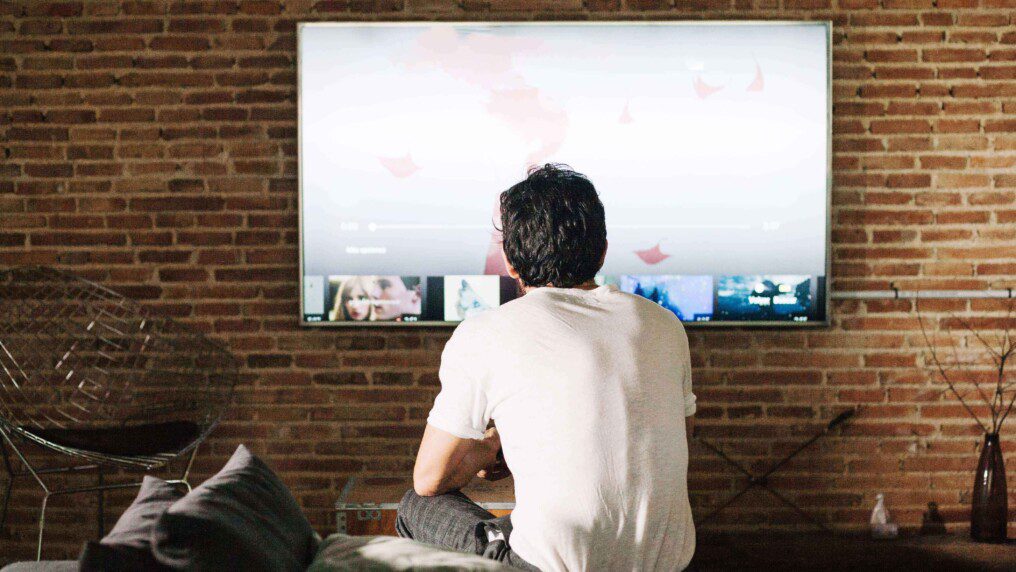
You may have probably noticed that your TV displays poor quality pictures and sound when there is bad weather outside. This is because bad weather such as gale-force winds, heavy snow, and even heavy rain usually disrupts your TV aerial such that they no longer receive accurate signals being delivered from a satellite or transmitter mast or underground down a cable. Satellite TV is more prone to weather disruptions as compared to terrestrial tv, and therefore it would be vital to install a dish instead of an ordinary aerial. Nevertheless, extreme weather conditions cause damage on both a regular aerial and a satellite dish and would undoubtedly disrupt your viewing experience. In extreme weather conditions, the rain or snow causes the TV signal to weaken since it hampers power transmission and absorbs energy from the satellite signal in turn significantly affecting the quality of the signal.
Problems of Bad Weather:
As stated above, bad weather including strong winds, heavy rain and snow disrupt TV signals delivered either through satellite or ordinary cable. Effects of severe weather on your viewing experience includes loss of some or all channels, frozen pictures, pixilation on the picture often accompanied by sound break-ups. During bad weather, two major problems occur which significantly affects your viewing experience. First, the bad weather especially strong winds coupled with heavy winds physically damage the satellite dish sometimes beyond repair. Secondly, bad weather disrupts TV signals.
While heavy rain and strong winds can have a damaging effect, snow is the worst kind of bad weather since in most cases it completely disrupts reception of the signal. In the case of a satellite dish, falling snow collects on the dish and misaligns it with the satellite resulting in an entire signal interruption. Heavy downpour also causes signal scattering due to the refraction and diffraction of electromagnetic waves around raindrops pouring on the surface of the dish. The TV displays the “No satellite signal is being received,” or in some cases, viewers experience the “blocky” effect mashes up the sound and picture.
For the case of terrestrial TV services, the impact of heavy snow or rain is less common but can also cause a temporary loss of signals. The signal, therefore, returns to normal once the weather returns to normal. Unlike satellite dishes, terrestrial aerials must not be aligned to their respective transmitters; therefore, have a greater chance of resuming normal transmission once the strong winds or heavy rain/snow have died down.
Fixing Damages Due to Bad Weather:
While sometimes you may require the services of professional TV aerial installers to repair damages due to bad weather, you can easily fix some damages using a few tips described below.
- Check the Signal Status- Before embarking of fixing bad weather faults, it’s always important to check the signal status as sometimes it may not be the weather causing the problem rather a technical fault on the broadcaster’s side. Always check the signal strength and signal quality by opening the setting menu on the decoder.
- Realign the dish-After establishing that the fault is from bad weather, the next step to take is to try to realign the satellite dish. Satellite dish paced on open roofs or high poles and more prone to misalignment due to lack of shelter and solid mooring provided by walls and roofs. Additionally, satellite dishes installed near trees and under roofs usually collect snow and rain more easily leading to disruption of the signals. Sometimes it may be best to hire a professional satellite installer to realign your dish to avoid some unnecessary damages.
Tips on Preventing Signal Disruptions During Bad Weather:
While it’s almost impossible to prevent the effects of bad weather on our TV viewing experience, there are some solutions we could implement at home to avoid the effects of bad weather. These solutions include:
- Always ensure that the dish is installed in a drier location away from trees or adjacent to buildings where falling rainwater from trees and roof lands collects on the dish
- You can mount a clear piece of fiberglass in front of the dish if it installed to the sides of the house. The fiberglass acts as a shield and
- Spray the satellite dish with non-stick cooking spray to prevent rainwater from clinging to the dish and causing signal disruption.
- If possible, don’t mount the dish on open roofs of tall poles to prevent strong winds from causing it to be out of alignment with the satellite.
- Carry out CCTV installations around the house and near the satellite dish to monitor it during bad weather.
To conclude, bad weather can significantly hamper our TV viewing experience since it primarily disrupts the transmission of signals from the transmitter to the receiver. Satellite dishes are more prone to be affected by bad weather as compared to terrestrial TV, and therefore you would want to go for an ordinary aerial if you are living in a bad weather prone location. Nevertheless, there are always solutions to the effects of bad weather, and you should hire professional TV aerial installers to repair the damages caused by bad weather.
Read Also:




























